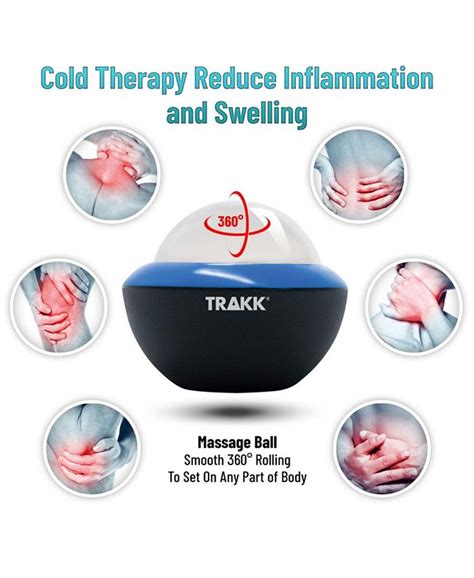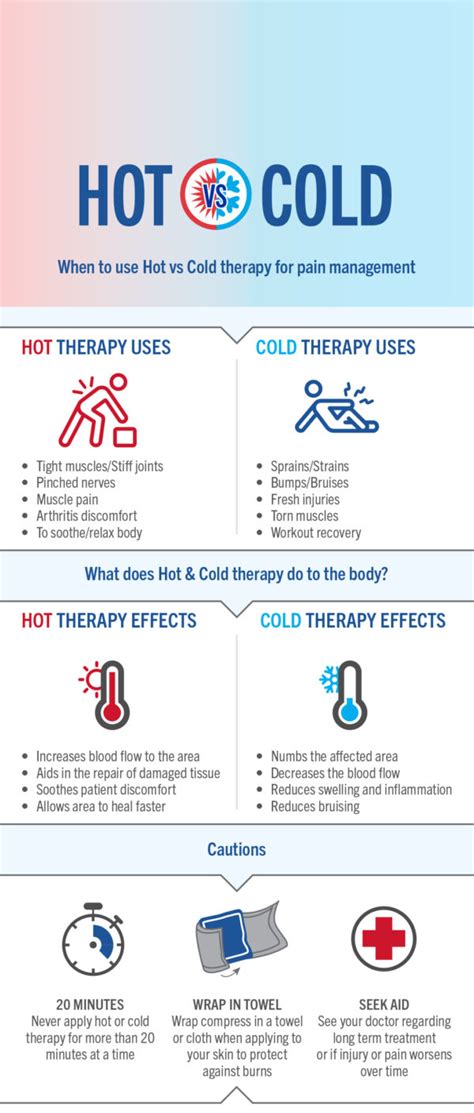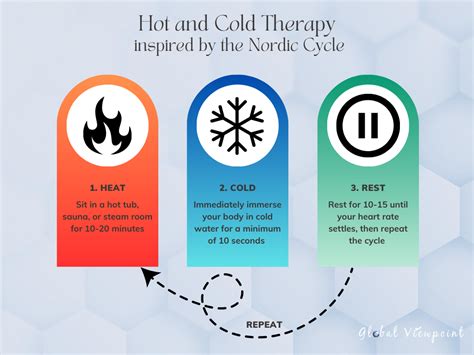Intro
Find relief with hot and cold therapy, using temperature treatments like heat wraps, cold compresses, and cryotherapy to alleviate pain, reduce inflammation, and promote healing, ideal for muscle soreness and injury recovery.
The human body is a complex and fascinating machine, capable of withstanding a wide range of temperatures and conditions. However, when it comes to managing pain and discomfort, temperature can play a significant role. Hot and cold therapy relief has been used for centuries to alleviate symptoms of various ailments, from sore muscles and joints to migraines and menstrual cramps. In this article, we will delve into the world of hot and cold therapy, exploring its benefits, working mechanisms, and practical applications.
Hot and cold therapy relief is a non-invasive, non-pharmacological approach to pain management that involves the application of heat or cold to the affected area. This simple yet effective technique can be used to reduce pain, inflammation, and stiffness, while also promoting relaxation and improving overall well-being. Whether you're an athlete looking to recover from a grueling workout or an individual seeking relief from chronic pain, hot and cold therapy relief can be a valuable addition to your self-care routine.
The importance of hot and cold therapy relief cannot be overstated. In today's fast-paced world, where stress and physical activity can take a toll on our bodies, it's essential to have a reliable and accessible method for managing pain and discomfort. Hot and cold therapy relief offers a natural, drug-free alternative to traditional pain management methods, making it an attractive option for individuals who prefer a more holistic approach to health and wellness. With its numerous benefits and versatility, it's no wonder that hot and cold therapy relief has become a staple in the world of physical therapy, sports medicine, and self-care.
Benefits Of Hot Therapy

How Hot Therapy Works
Hot therapy works by increasing blood flow and temperature in the affected area, which helps to reduce pain and inflammation. When heat is applied to the skin, it causes the blood vessels to dilate, allowing more oxygen and nutrients to reach the affected tissue. This increased blood flow and oxygenation help to promote healing, reduce pain, and relax the muscles. Additionally, hot therapy can help to reduce muscle spasms and stiffness, making it an effective treatment for conditions such as fibromyalgia and arthritis.Benefits Of Cold Therapy

How Cold Therapy Works
Cold therapy works by reducing blood flow and temperature in the affected area, which helps to reduce pain and inflammation. When cold is applied to the skin, it causes the blood vessels to constrict, reducing blood flow and oxygenation to the affected tissue. This reduced blood flow and oxygenation help to reduce inflammation, pain, and swelling, making cold therapy an effective treatment for conditions such as tendonitis, bursitis, and sprains.Practical Applications Of Hot And Cold Therapy

Steps For Using Hot And Cold Therapy
Using hot and cold therapy is relatively simple and straightforward. Here are some steps to follow: 1. Identify the affected area and determine whether hot or cold therapy is most suitable. 2. Choose the desired method of application, such as a heating pad, ice pack, or warm bath. 3. Apply the heat or cold to the affected area for the recommended amount of time, usually 15-20 minutes. 4. Repeat the treatment as needed, usually 2-3 times a day. 5. Monitor the affected area for any changes or improvements, and adjust the treatment as needed.Common Conditions Treated With Hot And Cold Therapy

Statistical Data On Hot And Cold Therapy
According to various studies and research, hot and cold therapy can be an effective treatment for various conditions. For example: * A study published in the Journal of Athletic Training found that cold therapy can reduce muscle soreness and improve recovery after exercise. * A study published in the Journal of Pain Research found that heat therapy can reduce pain and improve function in individuals with chronic low back pain. * A study published in the Journal of Sports Sciences found that cryotherapy can improve muscle function and reduce inflammation after exercise.Conclusion And Future Directions

What is hot and cold therapy relief?
+Hot and cold therapy relief is a non-invasive, non-pharmacological approach to pain management that involves the application of heat or cold to the affected area.
What are the benefits of hot therapy?
+The benefits of hot therapy include reduced muscle spasms, improved range of motion, and enhanced tissue repair.
What are the benefits of cold therapy?
+The benefits of cold therapy include reduced pain and inflammation, improved recovery, and enhanced muscle function.
How do I use hot and cold therapy?
+Using hot and cold therapy is relatively simple and straightforward. Identify the affected area, choose the desired method of application, and apply the heat or cold for the recommended amount of time.
What conditions can be treated with hot and cold therapy?
+Hot and cold therapy can be used to treat a wide range of conditions, including muscle strains and sprains, tendonitis and bursitis, arthritis and fibromyalgia, and more.
We hope this article has provided you with a comprehensive understanding of hot and cold therapy relief and its benefits. Whether you're looking to alleviate symptoms of a specific condition or simply want to improve your overall well-being, hot and cold therapy can be a valuable addition to your self-care routine. We invite you to share your thoughts and experiences with hot and cold therapy in the comments below, and to share this article with anyone who may benefit from this information.
